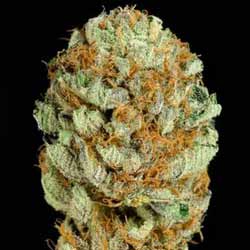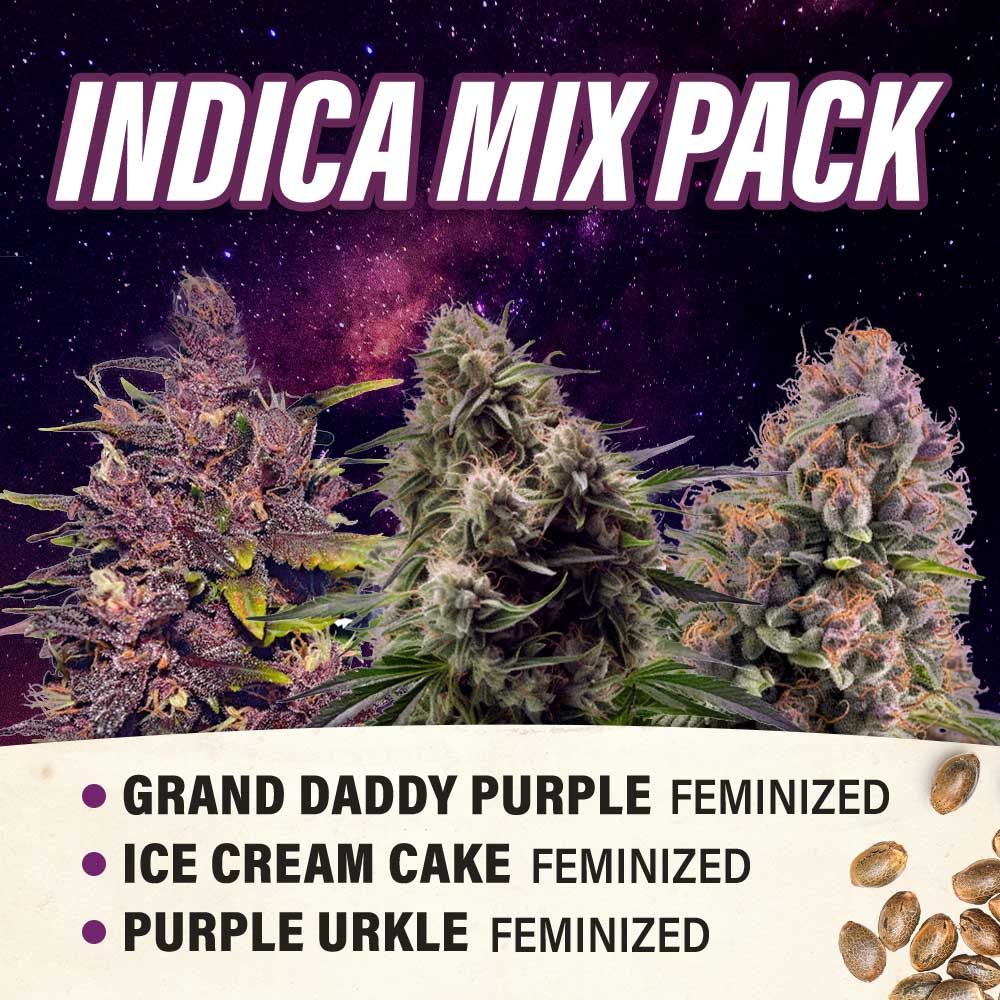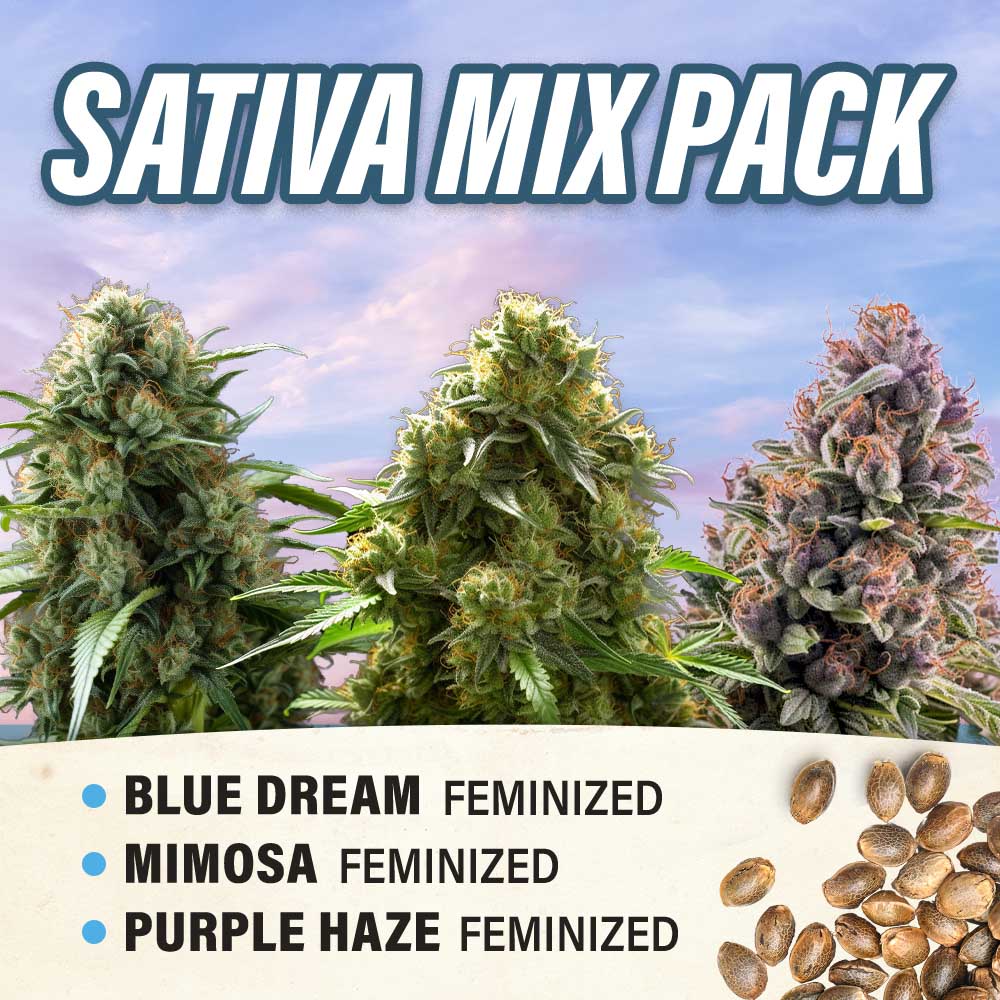6 Important Things to Check Before the Cannabis Harvest
Harvesting cannabis is the final and most rewarding phase of the growing process. Before you break out the trim bin and prepare to chop your plants, there are a few essential things every grower should understand to ensure a smooth and high-quality final harvest.
Table of Contents
Signs to Check Before Cannabis Harvest
Before diving into your cannabis harvest, it’s crucial to evaluate your plants carefully. Timing is everything, and knowing what signs to look for can significantly impact the quality, potency, and overall yield of your buds.
Trichome Color and Development
One of the most reliable indicators of harvest time is the color of the trichomes. Under a magnifying glass or the naked eye, check for the shift from clear to cloudy, and finally to amber trichomes. Clear trichomes signal immaturity, while cloudy ones suggest peak THC levels. Amber trichomes indicate a more sedative effect. Many growers aim for a mix—mostly cloudy with about half amber—for balanced potency.
Pistil Color and Curling
The pistils (hairs) on your cannabis flowers start white and gradually darken to orange or brown. When around 70-90% of the pistils have darkened and curled inward, it’s usually a sign that your buds are nearing maturity. However, pistils alone shouldn’t be your only harvest cue—pair this with trichome inspection.
Leaf Yellowing and Fade
As your plants approach harvest, you may notice fan leaves turning yellow and falling off. This is a natural part of the process, especially during the final week when you reduce watering. It signals that the plant is drawing its last energy into bud production.
Swollen Buds and Sugar Leaves
Mature buds become dense and resin-coated, with sugar leaves covered in trichomes. Buds should feel sticky and tight. If the flowers look like they’ve stopped growing vertically and are bulking out instead, you’re likely close to harvest time.
Dark Period and Watering Schedule
Some growers give their plants an extended dark period before harvesting, believing it boosts trichome production and preserves THC. In the last few days, watering should be reduced to stress the plant slightly and prevent excess moisture in the buds, reducing the chance of mold during drying.
Strain-Specific Guidelines
Different strains mature at different rates. Indicas typically reach harvest time faster than sativas. Always refer to seed bank timelines, but trust plant signals over exact days or weeks.
What to Prepare for Harvesting Cannabis Plants
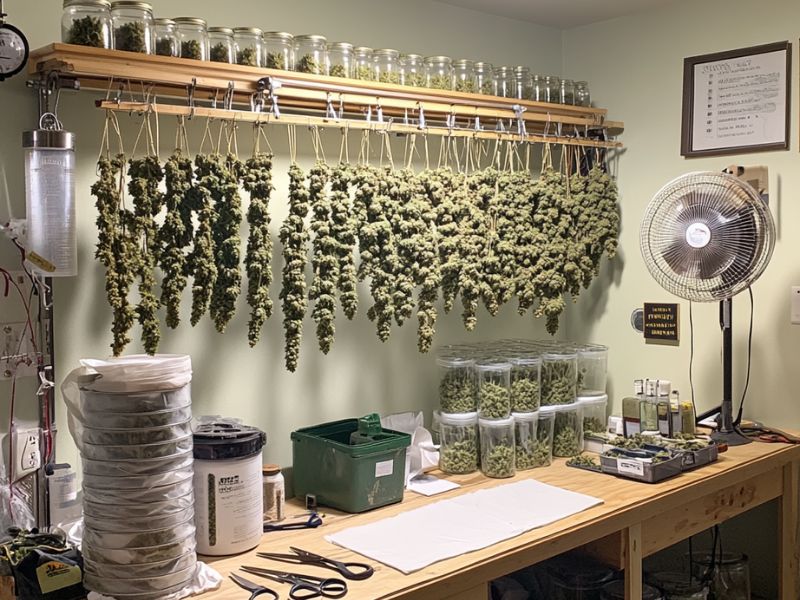
Before you begin harvesting cannabis, having the right tools and environment ready will make the process smoother and protect the quality of your buds. Here’s what you should prepare:
- Sharp Pruning Shears or Scissors – Clean, sharp tools are essential for cutting branches or the main stalk efficiently. Dull blades can damage the plant and make trimming more difficult.
- Trim Bin or Tray – A trim bin catches falling sugar leaves and trichomes during trimming. Some versions come with a mesh screen to collect kief, adding value to your harvest.
- Gloves (Preferably Nitrile or Latex-Free) – Handling sticky buds can get messy. Gloves help keep your hands clean and prevent unwanted oils or bacteria from contaminating the trichomes.
- Drying Room or Space – Set up a cool, dark, and well-ventilated area where you can hang dry your cannabis. Aim for relative humidity around 50-60% and temperatures between 60-70°F to avoid mold and retain aroma.
- Clothes Hangers or Drying Racks – You’ll need these to hang your branches upside down, promoting airflow and proper drying. String lines or mesh drying nets also work well.
- Oscillating Fan and Hygrometer – A gentle breeze from an oscillating fan helps prevent mold while ensuring even drying. Use a hygrometer to monitor humidity levels throughout the drying time.
- Mason Jars or Airtight Containers – Once your buds are pretty dry and trimmed, cure them in sealed mason jars. Store in a cool, dark place to maintain aroma, flavor, and potency.
- Labels and Markers – Label each jar with the strain name and harvest date. This helps track curing progress and keeps different strains organized.
- Clean Work Area – A sanitized and organized space helps minimize contamination risks and ensures an efficient trimming and handling process.
How to Harvest Marijuana Plants
Harvesting cannabis is a critical step that affects quality, potency, and flavor. Follow these simplified steps for a successful process:
- Stop Watering Before Harvest – Stop watering 1–3 days before harvest to reduce moisture and speed up drying. Some growers add a 48-hour dark period to enhance trichome production.
- Harvest at the Right Time of Day – Cut plants early in the morning or right after the dark period when THC levels are highest.
- Chop the Plant – Use sharp shears to cut the main stalk or individual branches. Handle gently to protect trichomes.
- Remove Fan Leaves – Trim large fan leaves to reduce moisture and improve airflow. Do this before or after hanging.
- Hang Dry Properly – Hang plants upside down in a cool, dark drying room with 50–60% humidity and 60–70°F temperature.
- Monitor Drying – Check buds daily during the first week. Use a hygrometer and oscillating fan to control air and moisture.
- Trim the Buds – Once small stems snap, trim sugar leaves and shape buds. Collect fallen trichomes.
- Cure in Mason Jars – Place trimmed buds in mason jars, fill ¾ full, and store in a cool, dark place. Burp jars daily for 1–2 weeks.
- Store for Long-Term Quality – After curing for 3–4 weeks, seal jars and store them in a dark, cool place. Properly stored weed retains quality for months.
Tips for a Successful Cannabis Harvest
A smooth and successful cannabis harvest doesn’t just happen—it’s the result of careful planning, attention to detail, and good post-harvest habits. Here are a few quick tips to help you get the most out of your hard work:
Harvest in a Cool, Dark Place – Light and heat degrade THC, so always harvest and process your cannabis out of direct sunlight.
- Be Gentle with Buds – Avoid rough handling to preserve trichome integrity and overall bud quality.
- Don’t Rush the Drying Time – Dry your buds slowly in a controlled environment to avoid harsh smoke and flavor loss.
- Use Clean Tools and Surfaces – Sanitize everything to prevent contamination and mold growth during processing.
- Keep Humidity in Check – Low humidity speeds up drying too much, while high humidity invites mold. Aim for balanced relative humidity (50–60%).
- Work with the Right Method – Decide if you’ll be wet trimming or dry trimming based on your space and drying setup.
- Label Everything – Track strain names, harvest dates, and curing progress to stay organized and informed.
- Watch for Mold During Curing – Always inspect buds before sealing jars and during burping to catch any issues early.
- Don’t Overpack Containers – Leave some space in jars or curing containers to allow proper air exchange and prevent moisture buildup.
Final Thoughts
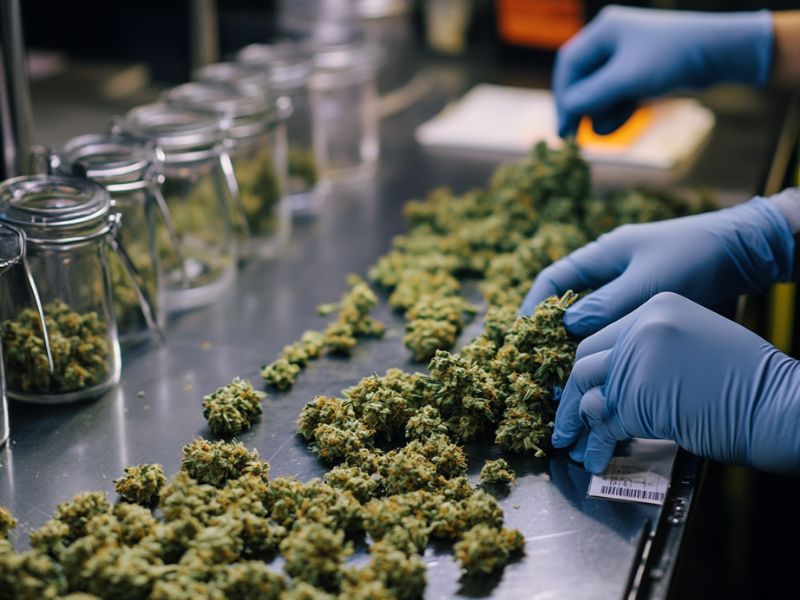
A successful cannabis harvest comes down to timing, preparation, and care during each stage—from observing trichomes to storing your buds in a proper container. By following these guidelines, you’ll protect your plants’ potency, aroma, and overall quality.
Ready to put your knowledge into practice? Start prepping your grow space now and make your final harvest your best one yet.
Frequently Asked Questions
How do I know if I waited too long to harvest?
If most trichomes have turned amber and pistils are fully darkened and shriveled, the THC may have begun degrading into CBN, leading to a more sedative effect and reduced potency.
Can I harvest cannabis plants in stages?
Yes, you can harvest the top colas first and allow the lower buds more time to mature. This staggered method helps maximize yield and potency from different parts of the plant.
What should I do with sugar leaves after trimming?
Sugar leaves are rich in trichomes and can be saved for making edibles, concentrates, or kief collection. Store them in a sealed container in a cool, dark place.
Is it okay to dry cannabis in a grow tent?
Yes, as long as you maintain proper airflow, temperature, and humidity. Make sure to turn off strong grow lights and replace them with low-level indirect light or keep the space dark.
What happens if my drying room is too humid?
High humidity increases the risk of mold and slows the drying process. Use a dehumidifier or increase ventilation to bring levels back to the ideal 50–60% range.
Can I reuse the soil after harvest?
You can, but it’s best to amend or refresh the soil with nutrients and organic matter. Consider composting or sterilizing before reuse to prevent pests and disease.
Do buds continue to develop after harvest?
No. Once the plant is cut, biological processes cease. However, curing enhances flavor, aroma, and smoothness—but it won’t increase cannabinoid content.
Should I flush my plants before harvest?
Many growers flush with plain water 1–2 weeks before harvest to remove excess nutrients, which may improve taste and smoothness. It’s optional but commonly practiced.
Related Posts
Marijuana Plant Stages: 6 Important Phases to Monitor
How Much Cannabis-does- Does One Plant Yield: 7 Growth Factors
Best Fertilizer for Outdoor Marijuana: 7 Choices for Yields
CATEGORIES
Best Selling Seeds

